As a color, red is associated with a wealth of feelings – both positive and negative – from love, passion, courage, and determination to anger, longing, danger, and aggression. It speaks to us in many, many ways and is certainly one of the most prominent colors of Turkey.
In Turkish, red is of course kırmızı. It’s derived from Arabic and has passed to Western languages in many different variations as well, such as ‘crimson’ in English. To listen to its proper pronunciation in Turkish, click here.
What does kırmızı remind you of in Turkey?
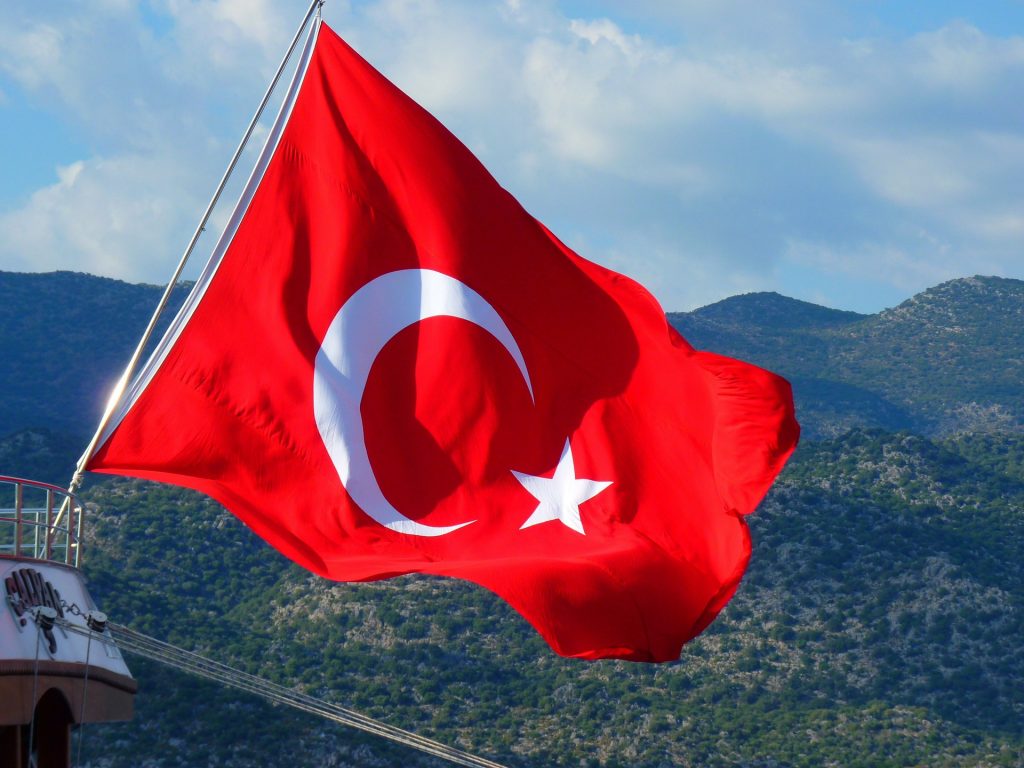
Turkish Flag
Have you ever wondered why the Turkish flag is red? In 1389 during the Ottoman Empire’s reign, the battle of Kosovo took place between the Ottomans and Serbia. The Ottoman Empire won the battle, but nevertheless thousands of soldiers lost their lives. The legend goes that the reflection of the Moon and stars on a puddle of blood inspired the birth of the Turkish flag. A few different sources claim that on the date of the war, July 28th 1389, a strange celestial phenomenon occurred. The planet Jupiter and the Moon aligned, which might have led to the reflection to be seen more clearly.
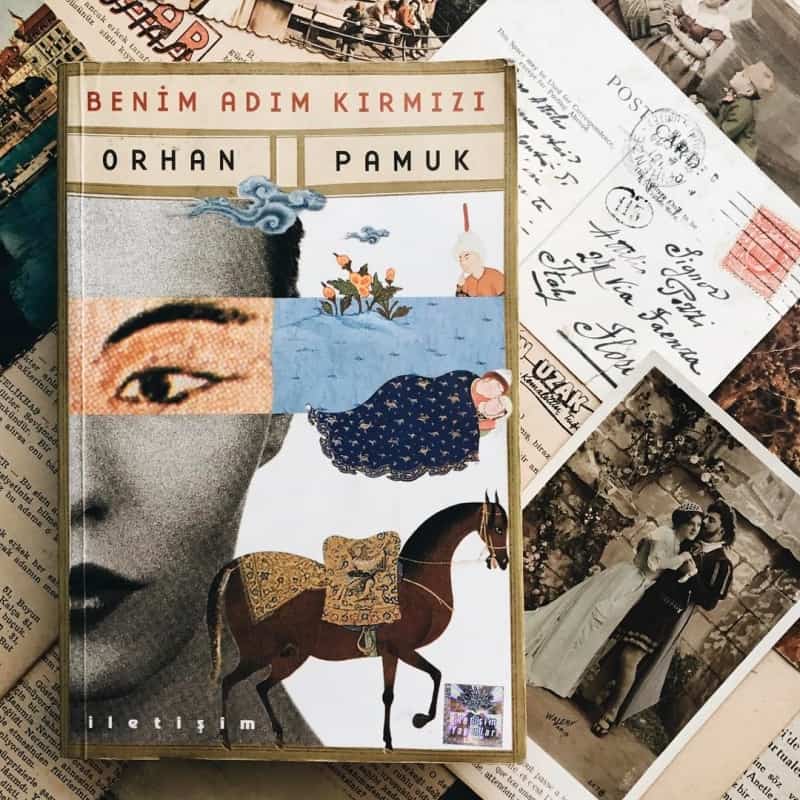
“Benim Adım Kırmızı” by Orhan Pamuk
This must-read novel from famous Turkish writer Orhan Pamuk, My Name is Red, tells the story of a time period of nine days in 1591 during the reign of Ottoman Sultan Murat III. With the order of the Sultan a book was being prepared by calligraphy artists and painters who secretly drew some paintings influenced by the French. The protagonists of the book are the daughter of the house where the artists work and Kara, her cousin who falls in love with her. While fear is prevailing in Istanbul, the calligraphers and painters gather in the coffee houses and have fun listening to the meddah stories. What is unique about My Name is Red is that each character of the book speaks in their own language, with dead and inanimate objects coming to speak and tell the story from their own points of view.
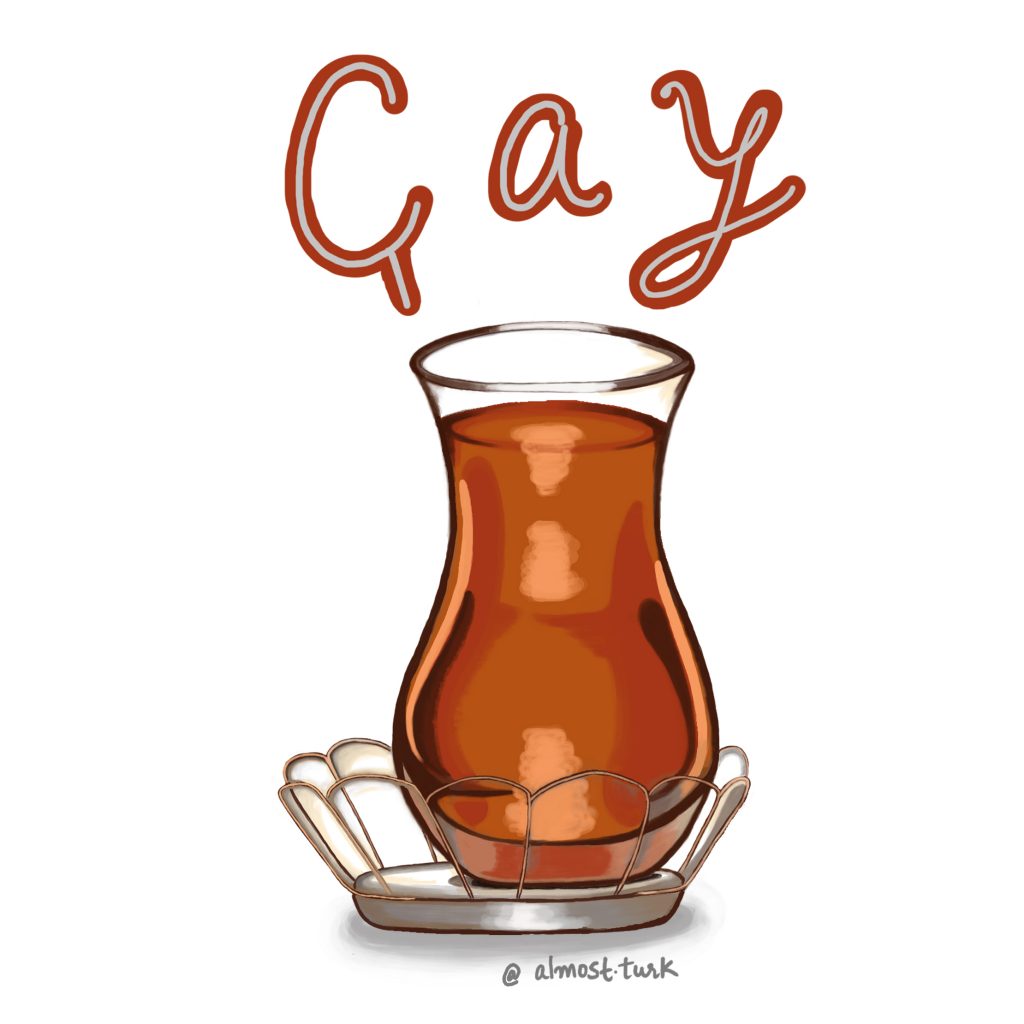
Turkish Tea
Turkish tea is prepared in a çaydanlık, a special kind of kettle that consists of two parts stacked on top of one another. The bottom part is used for boiling the water whereas the upper part is used to brew the dried tea leaves. When serving, we first put as much tea as we would like and then add water to dilute it. The best consistency is called tavşan kanı, literally rabbit’s blood, but you can choose your tea to be more demli (dark) or açık (light) according to your preference.
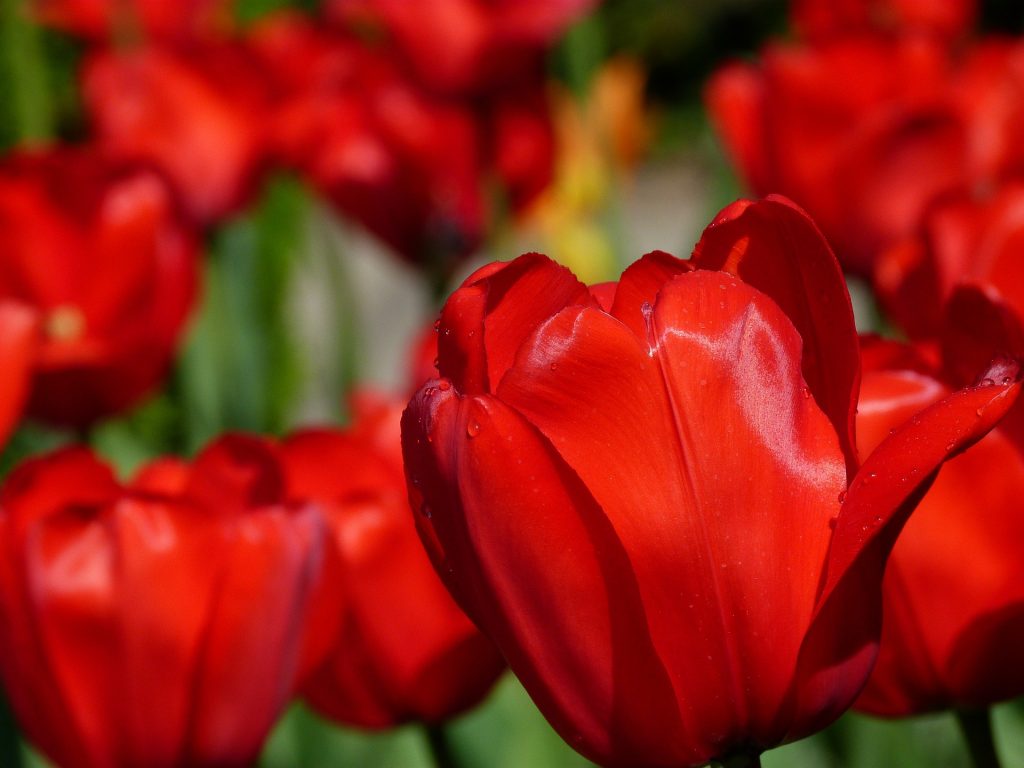
Tulips
We’ve likely all heard about how these rainbow colored flowers are from Turkey and were brought to the Netherlands by the end of the 15th century, which led to its popularization. But have you ever heard these lovely flowers originated in the Pamir Mountains in the Turkic homeland of Central Asia (today’s Tajikistan) where Turks lived long before settling down in Anatolia? It is fascinating when you imagine how migrant Turks carried these bulbs and seeds with them during their search for a new homeland. Given that tulips are one of the most fragile flowers, the ancient Turks must have valued them a great deal to go through such trouble. Its importance is reflected in decorative pieces that ancient and modern Turks use to this day.
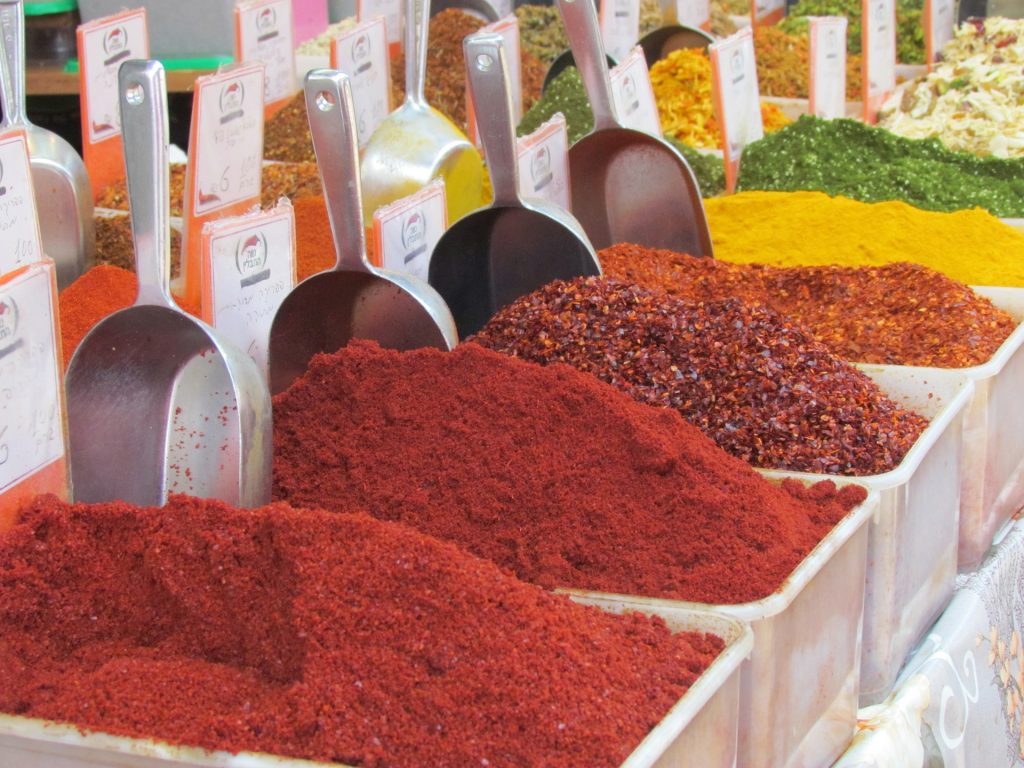
İsot Peppers
İsot is a type of pepper flake widely used in the Southeastern Turkish cuisine. In Şanlıurfa alone, there are 20 types of İsot that range from bright red to dark purple. It is made with locally grown peppers, by deseeding and cutting them into pieces and leaving them out on the rooftops under the sun for a minimum of 20 days to dry completely. Dried peppers are crushed in large stone mortars in pieces. For every 100 kg of pepper, 4 kg of virgin olive oil – preheated and cooled down – is added and mixed well.
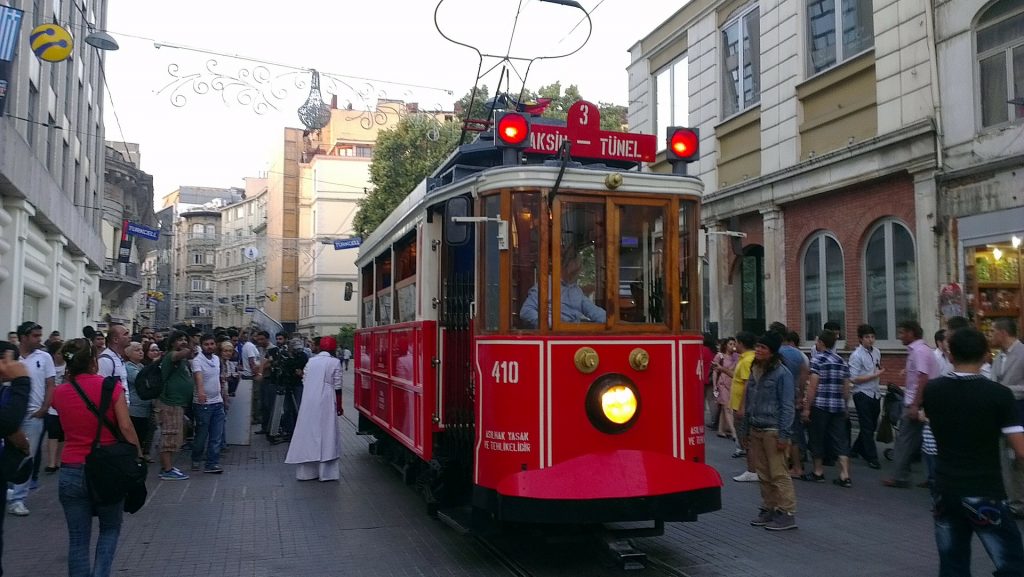
Nostalgic Tram
Did you know that back in the day, the first trams of Istanbul were driven by horses? This, however, ended with the production of the first electric tram in 1914. Serving the city on both sides of the Bosphorus for more than 50 years, the electric trams were discontinued with the rise of the population in 1961 on the European side and in 1966 on the Asian side, and replaced by Trolleybuses, carrying the sign, “Tramvayın Kardeşiyiz”, literally meaning ‘we are siblings of Trams’. They were also discontinued in 1984 for disrupting traffic caused by frequent electric shortages.
In 1989, the trams were destined to be displayed at a museum when the idea came about to commission one for use as a tribute to nostalgia. The best spot for such a monument was Istiklal street, which was at the time in the process of being pedestrianized. So the tram was put into service once again, between its current route of Taksim – Tünel. The nostalgic tram, with its original red & white colors, has quickly become the sign of Istiklal Street, Istanbul, and even Turkey. Departing every 20 minutes, the nostalgic tram carries 2.500 passengers every single day.
Comment below and let us know what kırmızı reminds you of in Turkey!










